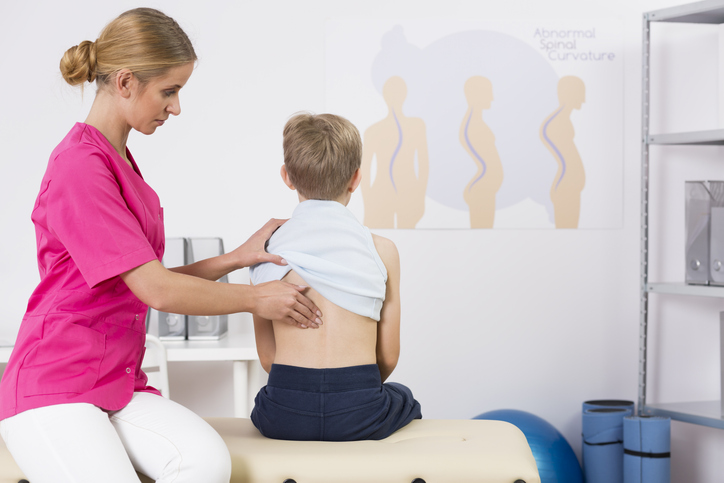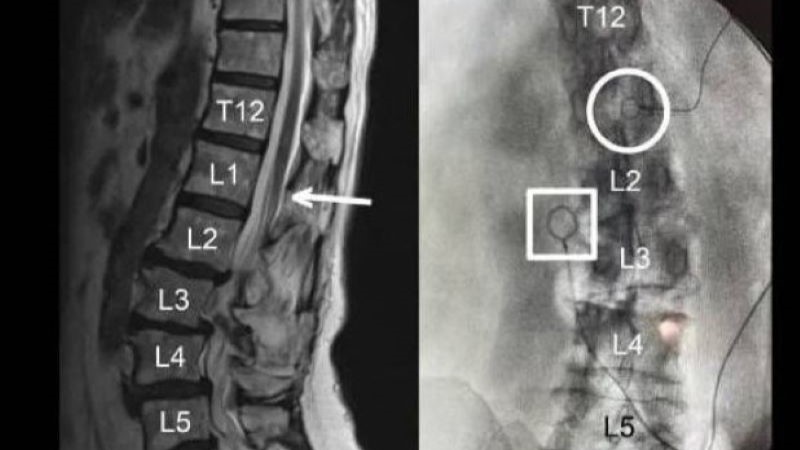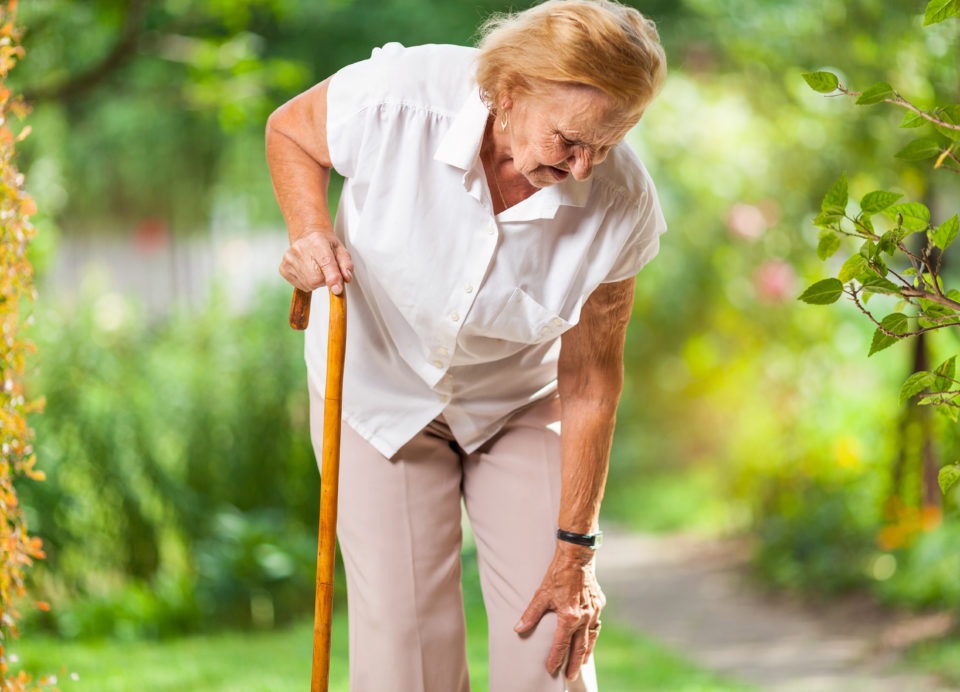
A new study found that bereavement may have an impact on the risk of hip fracture among patients whose spouse passes away. The risk increased in both married men and women.
“Bereavement, in the form of becoming a widow or widower, is a major life event associated with an increased risk for compromised physical and mental health, as well as mortality,” the study authors observed. “Health problems as results of bereavement may include depression, anxiety, illness, sleep disturbance, and increased intake of medications.”
In this study, the researchers focused specifically on the risk of hip fracture after the death of a spouse. They followed all Swedish married men and women from 1987 through 2002 who were aged between 60 and 100 years; this totaled 1,783,035 patients for inclusion. Patients were registered as married from 1982 to 1986. The mean between-spouse age difference was 3.9 years. In 95% of couples, the age difference was less than 11 years; in three-quarters of couples, less than six years; and in 55%, less than four years.
A total of 86,168 patients sustained a hip fracture between 1987 and 2002: 53,647 women and 32,521 men. Among females whose spouse passed away, 13.1% sustained a hip fracture during the first year after bereavement; among widowers, 16.0% did. Widows and widowers both had a hip fracture incidence in the first year after their spouse’s death of 10.45 per 1,000 years. The mean age at which women lose their spouse is lower compared to that of men, the researchers noted, “which explains the same incidence for hip fracture.”
The mean (SD) age for widows was 75.6 (7.7) years, for widowers was 78.0 (8.0) years, for married women was 67.7 (6.4) years, and for married men was 70.0 (7.1) years; the mean (SD) age at time of hip fracture for widows was 82.3 (6.2) years, for widowers was 84.0 (6.3) years, for married women was 76.6 (7.1) years, and for married men was 79.0 (7.2) years.
Across genders, patients were most likely to sustain a hip fracture during the first six months after bereavement (widows, 62%; widowers, 84%), and the trend decreased after six months, compared to non-bereaved patients. After three years, bereaved women still had a significantly increased risk, and at four years, men still did, compared to non-bereaved women and men. Among bereaved women, hip fracture risk was 8% higher in the first six months after bereavement compared to the second six months; in men, the risk was 14% higher during that time.
The divorce rate during follow-up was 2.5%. Among the control group, 3.4% of women were divorced and 2.9% of men were divorced. Of the effect that divorce may have had on the results, the authors wrote, “We performed a sensitivity analysis, which showed that the loss of risk time after divorce only excluded 0.8% of the number of hip fractures in women and 1.1% in men. The proportion of risk time as divorced only accounted for 1.7% and 1.6% for women and men, respectively. Thus, excluding divorce did not affect our results.”
The research was published in Osteoporosis International.
The study authors concluded, “After the first 6 months there was a gradually decrease in [hazard ratio], but even so, an excess risk persisted at a significantly higher level for several years. In the present study, we demonstrate that early bereavement is associated with a higher risk to sustain a broken hip.”







 © 2025 Mashup Media, LLC, a Formedics Property. All Rights Reserved.
© 2025 Mashup Media, LLC, a Formedics Property. All Rights Reserved.